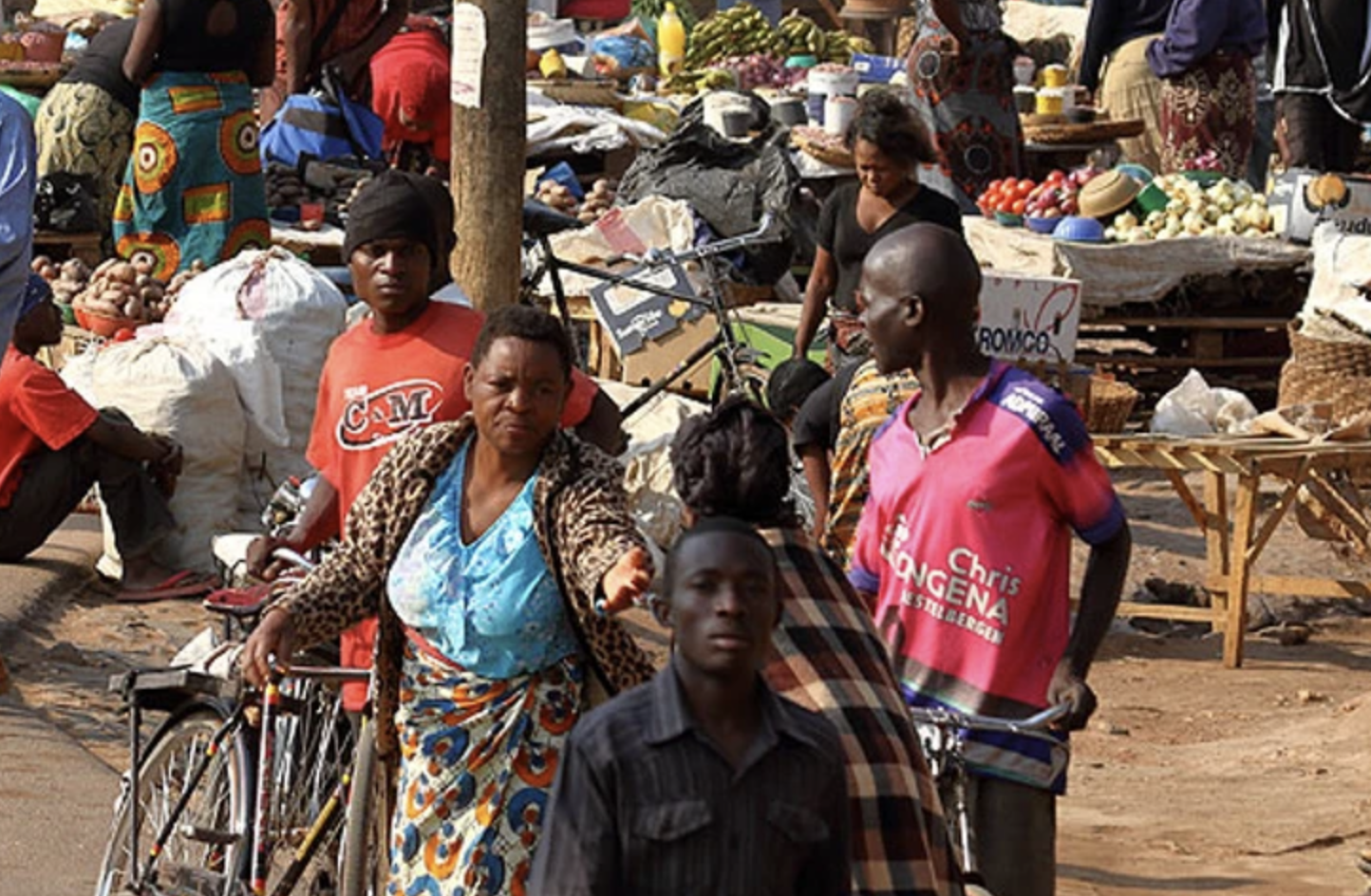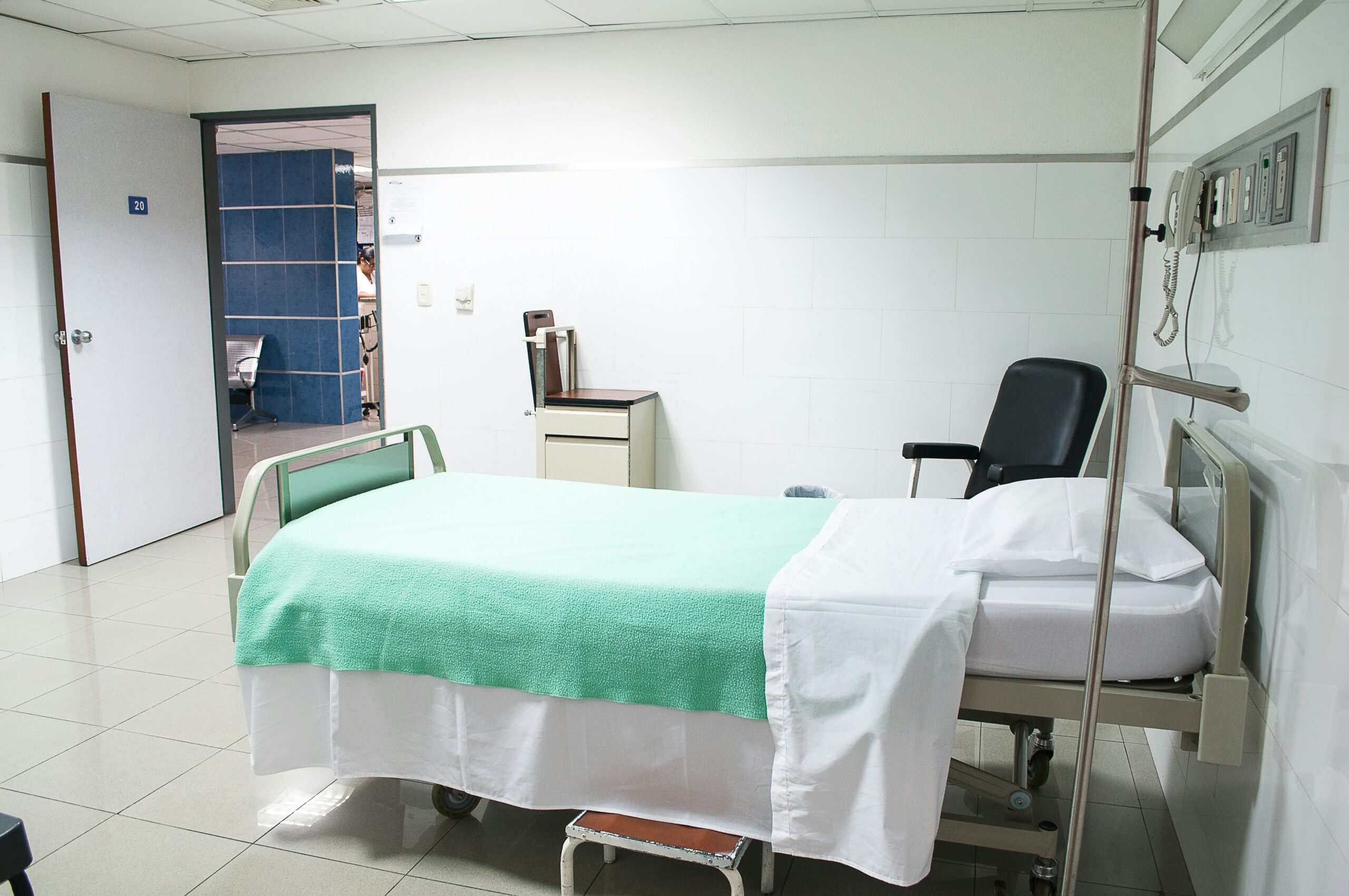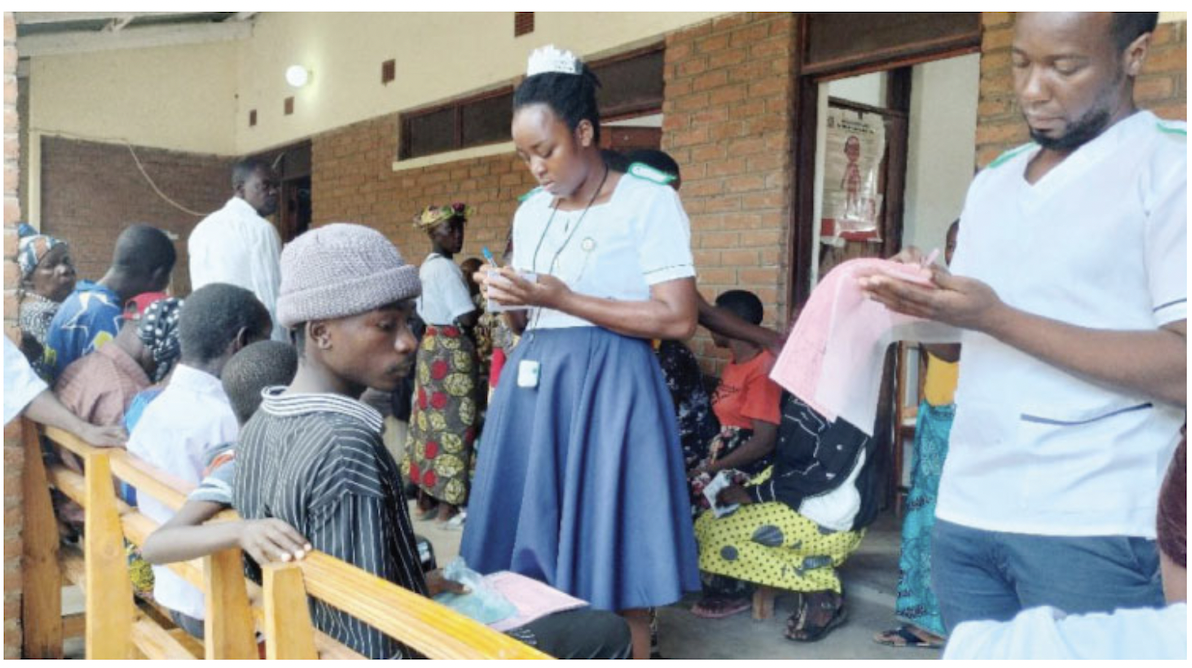Malawi has made progress over the last two decades. Child mortality fell from 84 to 39 per 1000 live births; life expectancy rose from 45 to 64; and malaria incidence fell from 378 to 228 per 1000 people at risk. However, the country still faces high maternal mortality rates and lags behind in achieving the Sustainable Development Goals, particularly in rural areas[1].
One of the key priorities of the Malawi government is to have the highest possible level of health and quality of life for all its citizens. To reach this goal and reduce the financial burden of health care for its citizens, primary health care services are provided free in all government facilities[2]. At the same time, inadequate financing and inefficiencies in resource allocation hinder effective delivery and equity. Malawi’s current per capita total health expenditure is less than half the US$ 86 recommended by the World Health Organization for low-income countries. Therefore, the health care system remains highly donor dependent, with donors covering 54.5% of all health care services. Moreover, despite high poverty levels, household out-of-pocket (OOP) health expenditure stands at 12% of per capita total health expenditure, and over 3% of households are pushed into poverty due to medical expenses every year.
Malawi’s bold initiatives advancing universal health coverage
Some of the reforms proposed include these:
- Lobbying for increased and sustained budget allocation to reach the 15% Abuja target of total government budget.
- Introducing tax regimes earmarked for health.
- Adopting innovative financing measures such as debt2health, social bonds, and public -private partnerships.
- Scaling up optional paying services to all central and district hospitals to mobilize domestic resources. Poor and vulnerable populations will be exempted upon national ID card verification.
- Introducing fees on food handler certification and provision of fumigation services.
- Reducing health systems inefficiencies and duplication, the Ministry of Health is implementing a “One Plan, One Budget, and One Monitoring and Evaluation” Framework. All health systems activities will be jointly planned, prioritised, implemented, and monitored.
[1] World Vision International (2022). People’s scorecard for Sustainable Development Goals: Malawi, 2022
[2] Ministry of Health (2023). The National Health Financing Strategy 2023-2030. Capital Hill, Lilongwe, Malawi
[3] Ministry of Health (2018). Malawi National Health Policy. Capital Hill, Lilongwe, Malawi



